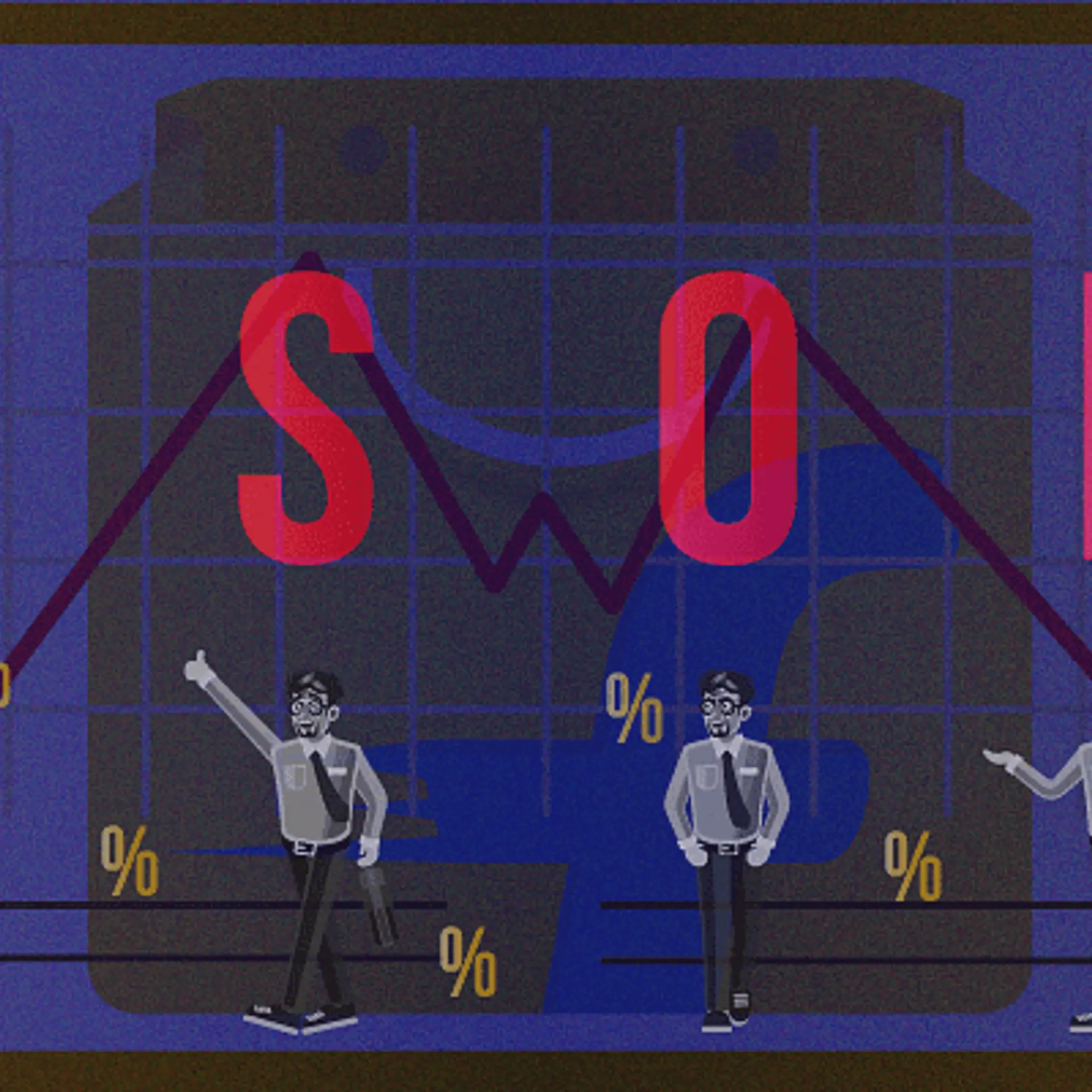The vernacularisation of #DigitalIndia: is vernacular content the future?
Indians love Bollywood and nothing depicts the changing Indian mindset and preferences more than Bollywood trends. Narrow by-lanes of small towns and old cities have replaced Swiss Alps and foreign locales. Awkward attempts at aping Hollywood style movies have given way to a distinct desi swagger. Dangal and Sultan, the biggest and the fifth-highest Bollywood grossers, as of 2018, respectively, were set in small towns in Haryana, narrating a local story in an unabashedly Haryanvi dialect. India has begun a new love affair with the regional and vernacular in all means of entertainment and communication, nowhere more so than in the digital space, and companies world over need to sit up and take notice, or risk being laggards.

Here is some food for thought – according to our recent report ‘#India Trends2018: Trends Shaping Digital India’ (in partnership with KPMG), currently, there are an estimated 521 million Hindi language speakers and 500 million Indian language speakers in India. Even though there are over 125 million English speakers in India, less than 0.3 million of those speak it as their first language. The rest speak in one or more of the 22 vernacular languages.
With over 460 million internet users, a number projected to go up to 635.8 million by 2021, India is the second largest online market in the world. With such a huge base of internet users driving digital use and revenue, what Indians want can no longer be ignored.
A recent study by KPMG India and Google has two key findings:
- Indian language internet users are expected to grow at a CAGR of 18 percent vs English users at a CAGR of 3 percent.
- 9 out of every 10 new internet users in India over the next five years are likely to be an Indian language user.
The Indian growth story has shifted from the metros to its Tier I and Tier II cities, a population which prefers regional languages over English. With 99 percent Indian language users accessing the net on their mobiles, small-town Indians are making the most of affordable smartphones and low-cost data plans. Increased disposable incomes and aspirations, and improved digital literacy even in rural areas has given birth to a new India, one which is increasingly consuming Indian language content and accessing government services, classifieds, news, and payment services exclusively online.
Recognizing the strength in numbers, Shradha Sharma, Founder and Chief Editor of Yourstory.com, says that, “The only way is up. There is already a big chunk of people online who do not use English. This number is only going to grow because smartphones are becoming affordable and data is getting commoditized – bandwidth has never been cheaper. At the same time, a host of services are becoming more and more digitized – financial inclusion is receiving a huge boost because digitized financial services can bring more people into the formal economy. For digital services to grow, they have to reach the audience in their language.”
With 88 percent of Indian language internet users more likely to respond to digital advertisements in local language over English, both domestic and international companies are fast taking steps to meet this growing need for Indic content. Tech giant Google has recently added voice search capability for eight additional Indian languages. Microsoft has announced support for email addresses in 15 languages. Transforming its brand strategy in India, Amazon India announced support for sellers in three Indian languages. Additionally, it has launched its Indian studios last year with plans for 17 original programmes, including shows in Hindi, Tamil, and Telugu. It is now more than evident that regional language internet usage is where the real growth will be in India.
Filling the void left by a dearth of quality vernacular content and social networking platforms, aspiring Indian startups are increasingly adopting vernacular languages to reach out to the masses in the country. There are localized apps and services built from the ground up rather than adding language support as an afterthought.
Sharechat, a vernacular app which offers localized content and social networking opportunity, has seen 10 million downloads since its introduction to the Google Play Store in 2015. Seizing the opportunity is another video content sharing platform the Clip App. Available in many local languages, the app allows its users to create and edit short video clips and connect users with others sharing similar content.
Looking to build a portfolio of vernacular opportunities, we at Kstart have invested in Vernacular.ai, a multi-lingual artificial intelligence platform for businesses. Using the underlying AI/NLP platform, Vernacular is building a suite of products and solutions, using voice and chat as a medium, to help businesses engage with their multilingual customers in the different stages of their life-cycle.
Throwing light on their vision for a holistic vernacular solution, Sourabh Gupta, Co-founder and CEO, Vernacular.ai, says, “With some of the big businesses in the country as our customers, we are focusing on adding support for more languages. Our vision is to become a vernacular engine for world’s native languages. To truly solve for vernacular users, businesses need to talk like users, which is not just about supporting new languages, but the challenges range from numerous dialects and accents to the use of transliteration and mixing of languages.”
Our portfolio companies at Kalaari Capital – YourStory, PopXo, and ScoopWhoop – have expanded their content play into vernacular languages. Speaking about their plans to tap into the vernacular opportunities, Priyanka Gill, CEO and Founder, PopXo, says that, “We are already seeing fantastic growth in Hindi – where we are creating original content. A lot of what we know about the English user does not hold true for the Hindi user and I am sure this pattern will prevail – for UI/UX and for content. Going forward, UGC is going to be our key focus as we think it is the natural way to onboard and engage the vernacular user.”
Shradha Sharma quotes Nelson Mandela: “If you talk to a man in a language he understands, that goes to his head. If you talk to him in his language, that goes to his heart.” She encapsulates, “Our vision at YourStory is to make sure we connect with readers and viewers across India and champion their stories in their voices.”
As Sattvik Mishra, CEO and Co-Founder of ScoopWhoop Media Pvt Ltd puts it, “It’s fair to assume that we are now most comfortable conversing in a hybrid mix of English, internet slangs and hash tags, our local language, and some emojis for good measure. So really language itself has become more layered. What’s going to happen is that vernacular or even vernacularised English – Hinglish – will become the dominant language of conversation.” Sattvik’s words hint at the rise of a whole new cultural identity, which they at ScoopWhoop have come to recognize.
Trends in internet adoption rate by Indian language users are clear. At 42 percent, Tamil has the highest internet adoption levels. Going forward, Marathi, Bengali, Tamil, and Telugu users are expected to form 30 percent of the total Indian language internet user base. What is needed is an acceleration of the process to tap a billion opportunities that is Bharat. Most of the voice searches get lost in translation or show the wrong result because of broken English. There is lack of interface that allows a Maharashtrian to share knowledge with a Bengali without changing their language output.
Huge challenges exist in using English keyboards. There still exists a huge lacuna in technological advancements to fill this glaring gap between potential and current usage.
“The biggest challenge is with the written word – both to create it and for machines to understand slangs and colloquial context. Also, finding and hiring the right talent to write in vernacular languages is expensive and time-consuming,” says Sattvik, who sees phenomenal growth in video-led content. “The real opportunity, of course, is in voice and video, where illiteracy and command over the language get thrown out of the window.”
Supporting his view is Shradha, who says, “While original content will always need to be created locally, limiting distribution because of the language defeats the purpose of digital. To really leverage digital content, intelligent, automated translation will be key. Once we have a large data on the user behaviour in local languages, AI, and machine learning will be able to bring efficiencies and scale. Until then, an affordable distribution will remain a key challenge.” That vernacular is a tough nut to crack is evident. Multilayered and with multiple nuances, as Priyanka encapsulates perfectly, “The challenge with vernacular is that it is not solved by a one-size-fits-all product. The trick is going to be in getting the details and the nuances right. There will be a lot of unlearning and focus on a deep understanding of the vernacular user base and solving for their problems.”
With 22 languages and 1,600+ dialects, India is a multilingual country in the true sense of the word. There is a popular saying that depicts India’s linguistic diversity rather well: “Kos-kos par badle paani, chaar kos par baani” (The language spoken in India changes every few kilometres, just like the taste of the water). To tap the power of the vernacular and realize the “Digital India” dream, we need to develop an India Internet ecosystem that will raise Internet adoption and promote digital empowerment through vernacular interface and content. After all, the language that you talk in, is which you think in, is what you are most comfortable with. What are your thoughts on the vernacular opportunity in India?
Vani Kola is a Managing Director at Kalaari Capital, based in Bangalore, India.
Disclaimer: The article is the independent opinion of the author and does not represent those of Kstart or Kalaari. Kalaari is currently an investor in YourStory, PopXo, and ScoopWhoop, and Kstart is an investor in Vernacular.ai. Published originally on Medium.
(Disclaimer: The views and opinions expressed in this article are those of the author and do not necessarily reflect the views of YourStory.)







